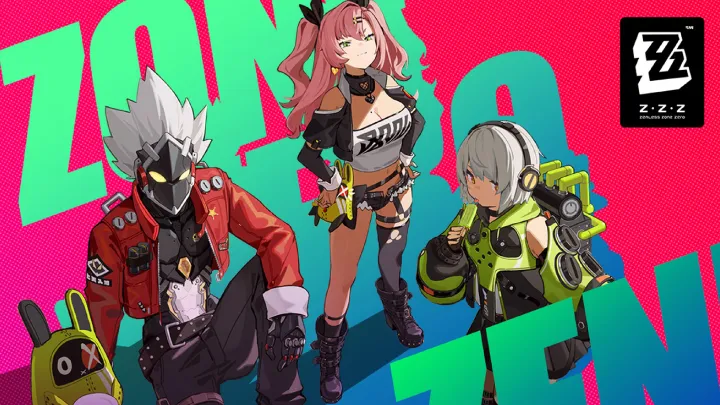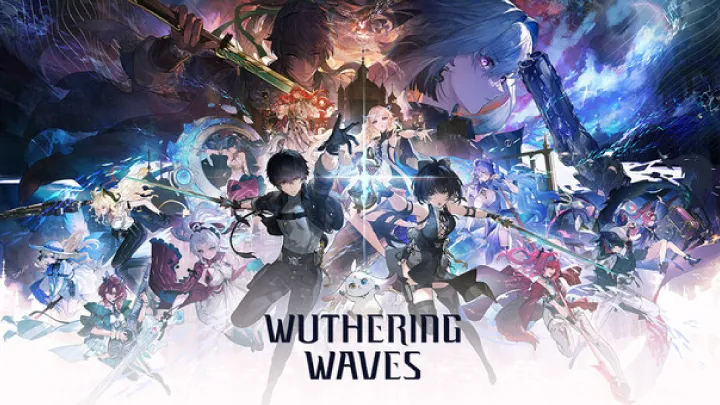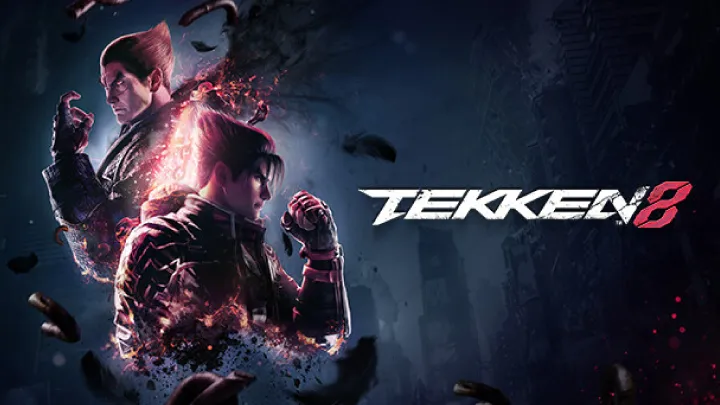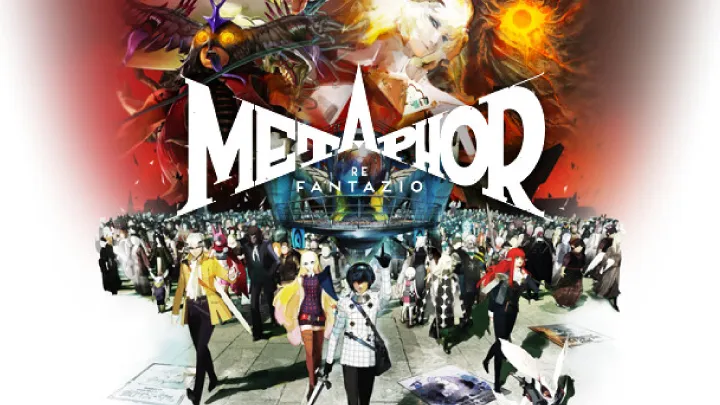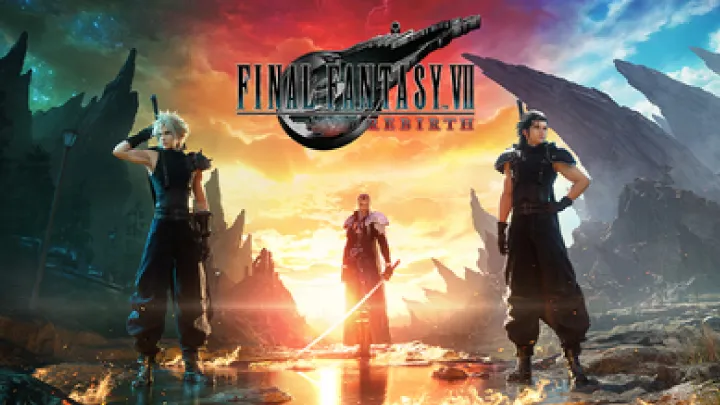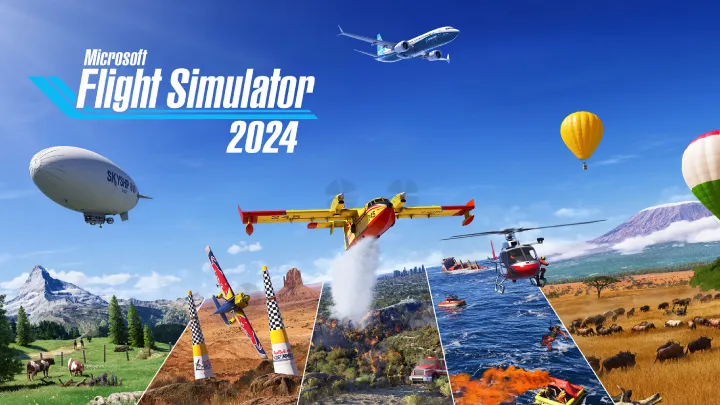Of Ash and Steel was created with bold ambition: a vast handcrafted island, survival systems, faction politics, crafting, exploration without markers, and slow, heavy medieval combat. Its vision resonated strongly with fans of classic European-style RPGs gritty, grounded, immersive. However, the game’s ambition has also exposed eight major areas of weakness: performance, combat logic, quest structure, world stability, AI behavior, crafting imbalance, onboarding difficulty, and systemic cohesion. These eight problem pillars form a network of challenges that directly shape the player experience and define the true state of the game.
This article explores all eight issues individually, analyzing their causes, their gameplay impact, and potential paths forward not in general terms, but in detailed, systemic depth.
1. Performance Instability and Technical Constraints
Performance instability remains the most widely reported issue in Of Ash and Steel. Even players with decent mid-range machines encounter frame drops, stutters, shader hitches, and inconsistent CPU/GPU utilization. This problem stems from a combination of rendering complexity, open-world density, and system scripts running simultaneously.
Gameplay Impact
When frame pacing is inconsistent, combat timing breaks down. Dodging or parrying becomes harder not because of difficulty design, but because inputs feel delayed during frame drops.
Exploration also loses fluidity. Many areas especially forests, towns, and dense interiors load too many assets at once. Even turning the camera can introduce micro-stutters that break immersion.
Root Causes
- Heavy reliance on dynamic shadows
- Complex AI script cycles
- High environmental detail on mid-spec hardware
- Lack of aggressive LOD optimization
- Excessive single-core load due to old engine structure
A performance-overhaul patch could drastically improve the experience, but this will require structural changes, not simple configuration tweaks.
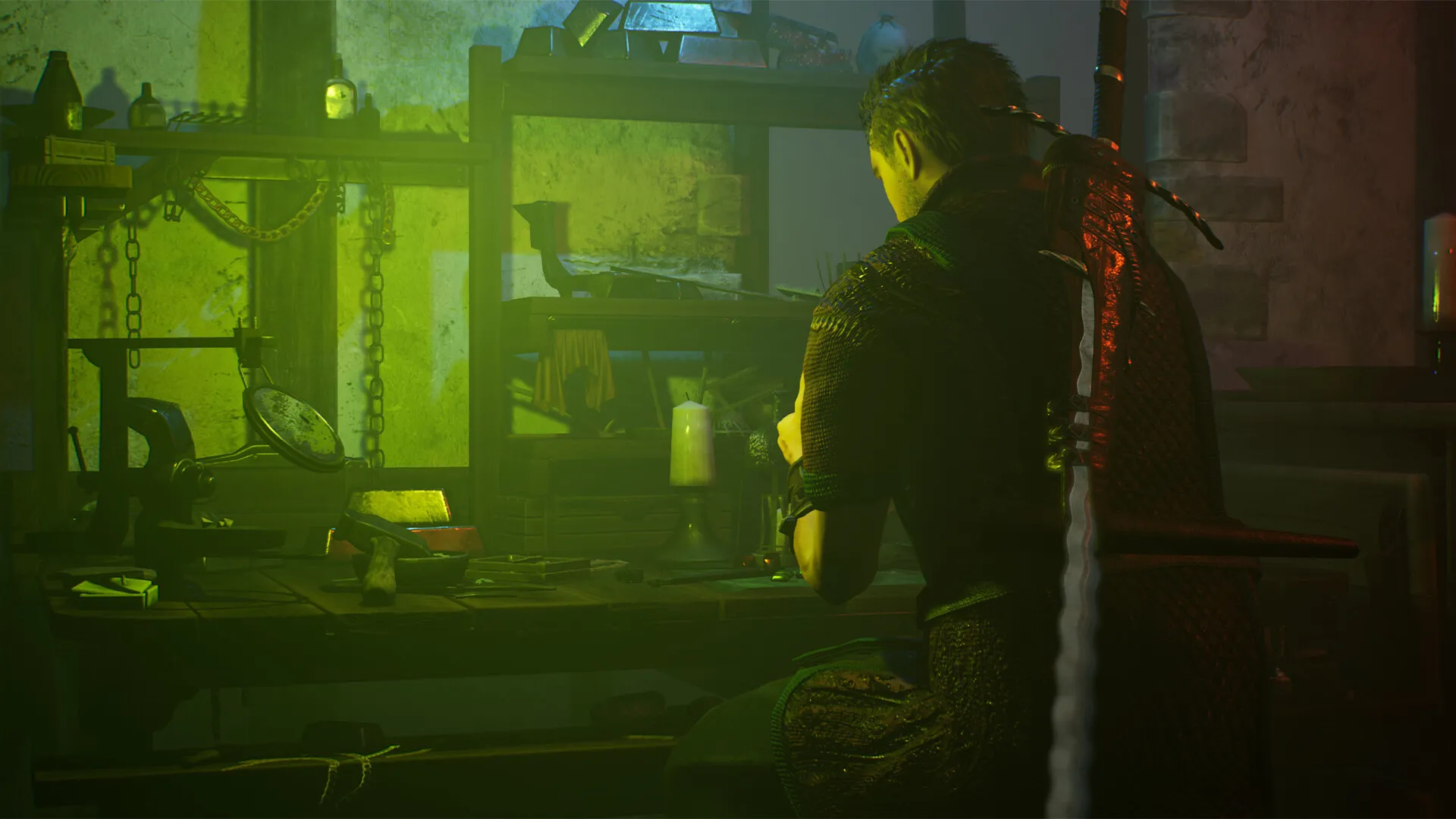
2. Combat System Flaws and Mechanical Inconsistencies
The game’s combat is built around stamina, timing, weapon types, and stances. On paper, it mirrors classic systems from older European RPGs. In practice, several issues undermine the intended tactical depth.
Inconsistent Hit Registration
Attacks sometimes connect visually but do not register damage because weapon arcs and hitboxes do not perfectly align. Meanwhile, enemy attacks may hit the player from improbable angles.
AI Combat Logic Weaknesses
Enemies:
- Overcommit to long animations
- Fail to track player movement intelligently
- Have difficulty navigating uneven terrain
- React poorly to ranged kiting
These flaws create moments that feel unintentional either too easy or frustratingly odd.
Animation Lock Issues
Players often get stuck in rigid animation frames when hit, making recovery impossible. This creates “stunlock loops” even against weak enemies.
Combat has potential but requires mechanical corrections to become consistently satisfying.
3. Quest Design Issues and Logic Gaps
The game’s quests are hand-crafted, which is admirable, but the structure often suffers from tracking issues, unclear progression logic, and buggy triggers.
The Markerless Design Challenge
Since the game intentionally avoids quest markers, players rely on clues, environmental hints, and dialogue. However, when quest logic breaks:
- NPCs fail to update dialogue
- Events don’t trigger
- Key items don’t register
- Branch conditions misfire
Without markers, these failures become catastrophic because players cannot guess where the issue originated.
Common Quest Problems
- Missing NPCs due to AI pathfinding
- Dialogue repeating in loops
- Fetch quests not acknowledging obtained items
- Side quests blocking main quests
For players who love exploration, these issues feel like hitting invisible walls rather than embracing discovery.
4. Open-World Stability Problems and Environmental Glitches
Of Ash and Steel has a beautifully designed island, but world stability issues hinder exploration.
Terrain and Collision Bugs
Players can fall through geometry or get stuck on rocks, fences, and uneven terrain. When combined with combat, this becomes lethal enemies can attack freely while the player struggles to escape terrain traps.
Streaming Problems
Some zones load abruptly, causing:
- Pop-in
- Prolonged texture loading
- Sudden FPS drops
The handcrafted world deserves better structural support to preserve the intended immersion.
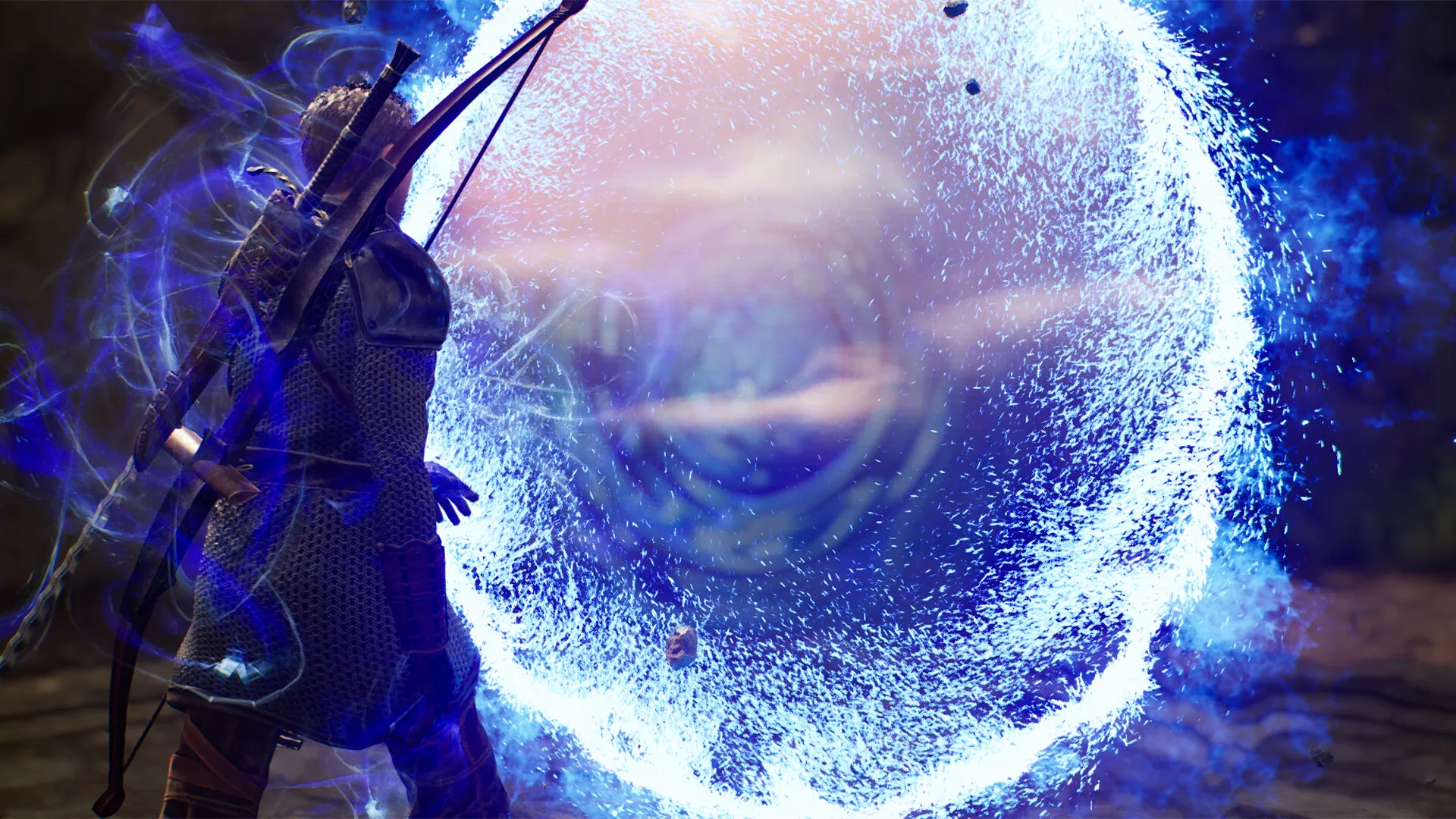
5. NPC Behavior and AI Inconsistency
NPCs form the backbone of the game’s atmosphere. They populate towns, deliver quests, teach skills, and reinforce worldbuilding. But their AI is unpredictable.
Pathfinding Failures
NPCs frequently:
- Walk into walls
- Fail to reach scripted destinations
- Stand still indefinitely
- Interrupt conversations by wandering away
Social Simulation Breakdowns
The game promises dynamic social status interactions, but inconsistent AI leads to:
- NPCs reacting incorrectly to player rank
- Guards failing to intervene in crimes
- Shopkeepers ignoring script triggers
The world begins to feel unstable rather than alive.
6. Crafting and Progression Imbalance
Crafting is meant to be central to the RPG experience building weapons, gear, potions, and tools. However, the tuning is uneven.
Early Crafting Feels Weak
Basic items offer minimal benefit. This creates a perception that crafting is not worth the time investment until late game.
Late Crafting Becomes Overpowered
High-tier crafted items can trivialize combat. Combined with AI weaknesses, a fully upgraded build turns some areas into “walkthrough zones.”
Resource Distribution Problems
Some materials are too rare early and too plentiful later. This creates a progression arc that feels inverted.
7. Early-Game Onboarding Difficulty
The game’s intro throws players into survival, combat, and exploration with minimal guidance. While the “no-handholding” philosophy matches the genre, the execution creates friction.
Unclear Systems
New players struggle with:
- Stamina mechanics
- The stance system
- Navigating without markers
- Understanding faction consequences
- Learning crafting recipes
Harsh Difficulty Spike
Enemy encounters in the first hours are overtuned relative to early gear and skill points. Combined with animation lock and performance issues, new players often feel overwhelmed before learning the mechanics.
A better onboarding ramp would help retain more players.
8. Systemic Cohesion Problems Where All Issues Interconnect
This final issue is the most important: every system affects the others. When one fails, it cascades.
The Feedback Loop
- Performance affects combat responsiveness
- Combat flaws magnify early-game difficulty
- Quest bugs break progression
- AI inconsistencies hurt immersion
- Crafting imbalance distorts difficulty curve
- World stability undermines exploration
None of the eight issues exist alone they feed into each other, creating a holistic experience that sometimes feels more fragile than intended.
Why This Matters
Because Of Ash and Steel is designed around immersion, player agency, and handcrafted realism, systemic cohesion is essential. When the systems fail to work together, the intended magic collapses into frustration.
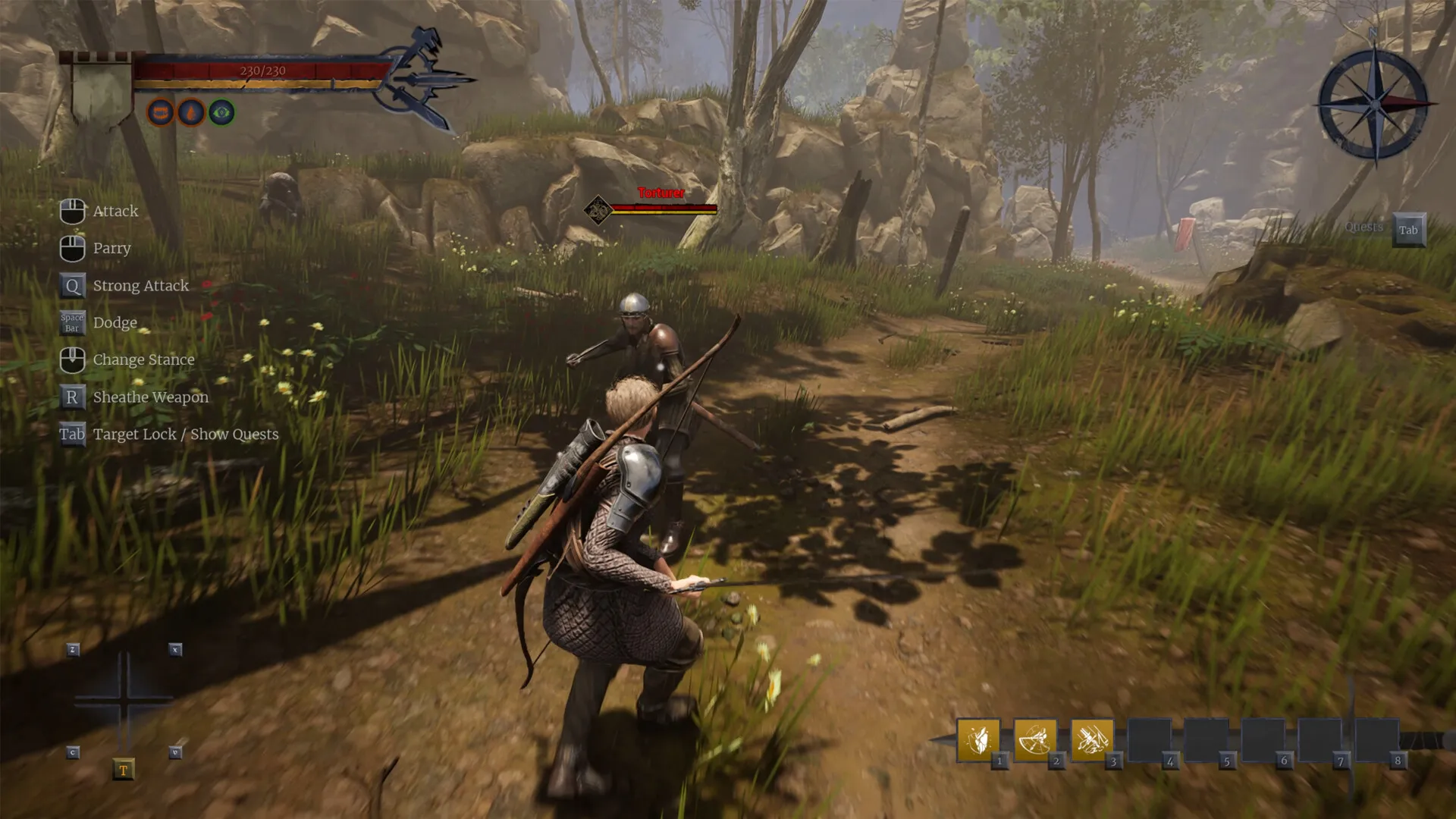
9. Toward a Solution Realistic Paths Forward
Fixing these issues is possible but requires a staged approach.
Stage 1: Stabilization
- Prioritize performance
- Patch major quest blockers
- Fix terrain/collision issues
- Improve animation recovery
Stage 2: System Refinement
- Rebalance combat damage
- Adjust early-game difficulty
- Improve NPC routines
- Smooth crafting progression
Stage 3: Cohesion Pass
- Rewrite problematic logic chains
- Improve world-state consistency
- Add lightweight onboarding improvements
The game’s foundation is strong what it needs now is structural reinforcement.
10. The Future of Of Ash and Steel Potential vs. Reality
Of Ash and Steel is ambitious in ways few indie RPGs dare to be. Its flaws are real, but so is its potential. The eight issues holding it back do not define the game’s soul they define its current obstacles. With careful updates and deliberate improvements, the game could evolve into the classic it set out to become.
Ultimately, Of Ash and Steel represents a rare, daring attempt at reimagining the old-school RPG spirit. It may be rough, but beneath that roughness lies something worth shaping.
Of Ash and Steel suffers from eight interconnected issues: performance instability, flawed combat, inconsistent quest logic, world stability problems, weak AI, crafting imbalance, onboarding challenges, and systemic cohesion gaps. These issues obstruct the game’s ambition but do not erase its potential. With the right sequence of patches and design refinements, it could transform into a standout example of immersive, handcrafted RPG design. The foundation is promising now the execution must catch up.








